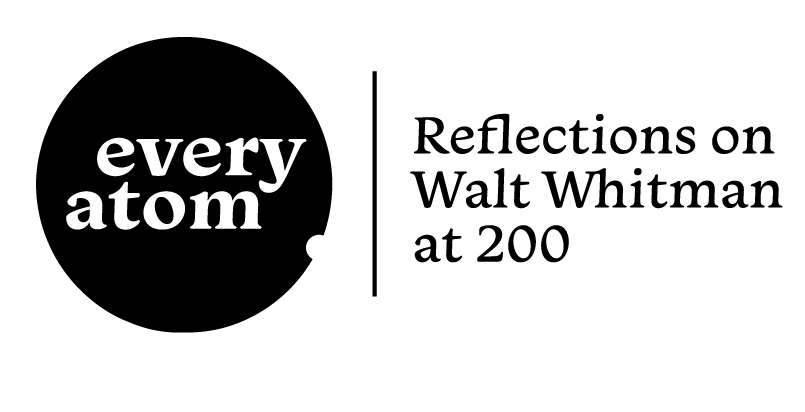Every Atom | No. 49
Introduction to Every Atom by project curator Brian Clements

I cannot read the word “grass” as a poet in 2019 without thinking of Layli Long Soldier’s poem “38” in which she recounts the execution by hanging of 38 Dakota men under orders from President Abraham Lincoln.
The execution took place seven years after Whitman wrote the 1855 version of Leaves of Grass, although many of the events Long Soldier mentions in “38” predate it. The execution occurred “the same week that President Lincoln signed the Emancipation Proclamation,” as Long Soldier reminds us, and was “the largest ‘legal’ mass execution in US history.” Lincoln sentenced these men to death in retaliation for the Sioux Uprising, which came after US government “treaties” reduced the traditional lands of the Dakota people, once much of what is now Minnesota, to a ten-mile tract. I use quotation marks around the word “treaties” because Dakota leaders “ceded the land to the US government in exchange for ... the safety of their people,” an exchange not respected by the US government, who broke treaties, issued new ones, and left the Dakota people starving. “Dakota warriors organized, struck out, and killed settlers and traders,” Long Soldier explains.
If you wonder how these events relate to the word “grass,” I offer you this excerpt from Long Soldier’s poem:
When the Dakota people were starving, as you may remember, government traders would not extend store credit to “Indians.”
One trader named Andrew Myrick is famous for his refusal to provide credit to Dakota people by saying, “If they are hungry, let them eat grass.”
…
When Myrick’s body was found,
his mouth was stuffed with grass.
I am inclined to call this act by the Dakota warriors a poem.
According to Walt Whitman: An Encyclopedia, Whitman kept a notebook in the late 1850s in which he “sketched out plans for a ‘poem of the aborigines’ that would incorporate ‘every principal aboriginal trait, and name.’” The authors note that “Starting from Paumanok” pauses “to lament the Natives’ disappearance while celebrating the way they ‘charge the water and the land with names.’” In 1860, when Whitman wrote “Starting from Paumanok,” Native Americans had not “disappeared,” although white settler genocide had greatly reduced their numbers. They had not “disappeared” in 1998 when Walt Whitman: An Encyclopedia was published. As you know, Native Americans live on and many (far too many to name here) are changing American letters and charging our language through their poetry.
“Kanuck, Tuckahoe, Congressman, Cuff.” While we consume many grasses as grain (wheat, rye, barley, millet,), we cannot digest its culms and blades, stems and leaves. The hieroglyphic of grass is not uniformly translated as Whitman asserts. In some places in spring everything blossoms, but nothing fruits. Some call it a season of hunger. Where Whitman saw “hopeful green stuff,” the Dakotas saw an atrocity.
Open your mouth. Swallow the words of the poet as well as their limits. If you are reading and celebrating Whitman in 2019, I hope you have read Layli Long Soldier, too.
Recommended
Nor’easter
Post-Op Appointment With My Father
Cedar Valley Youth Poet Laureate | Fall 2024 Workshop






